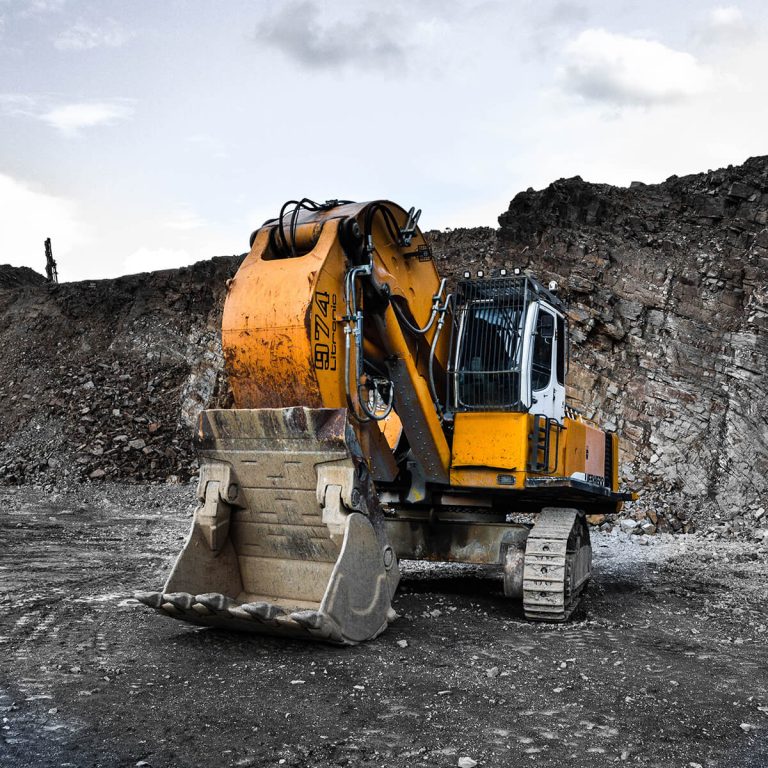Evaluation and Planning: Before any demolition operation, a complete and accurate assessment of the building must be carried out. This assessment includes checking the structure, the materials used, and the presence of any hazardous substances like asbestos. Based on the assessment results, a detailed demolition plan and schedule should be prepared.
Use of Appropriate Equipment and Safety Measures: Proper equipment plays a crucial role in demolishing a building. Using suitable machines and tools not only increases efficiency but also ensures the safety of workers and the surrounding environment. Workers should be equipped with protective gear such as helmets, gloves, and safety glasses, and the demolition site must be cleared of unauthorized personnel.
Waste Management and Environmental Conservation: Building demolitions generate a large amount of waste that must be transported to designated locations by the municipality. Recyclable materials should also be separated and sent to recycling centers to minimize environmental impact.
Permits and Notifications: Before starting demolition operations, necessary permits must be obtained from the municipality. These permits indicate that the demolition is being conducted under supervision and in compliance with city regulations. Also, informing local residents and businesses through notices or local meetings can help reduce disruptions and increase safety.
Compliance with Local Laws and Regulations: Municipalities have strict laws to ensure public safety and health. All safety measures should be observed, and unauthorized individuals should be prevented from entering the demolition site. Additionally, using techniques that cause the least harm to the environment is of paramount importance.
Coordination with Municipality and Relevant Organizations: Finally, it is advisable to consult with municipal experts and relevant organizations before starting demolition operations to be fully informed of all local laws and regulations and prevent potential problems.

